Work / Services
Si Toronto Hub
“Never doubt that a small group of thoughtful, committed citizens can change the world; indeed it is the only thing that ever has.” – Margaret Mead
Here are the live-streamed conversations I hosted on behalf of the Si Toronto Hub.
Facilitated by Joanne Dong
Facilitated by Joanne Dong
Facilitated by Joanne Dong
Wicked, Emergent Problems
“Today’s problems come from yesterday’s solutions – the first law of the fifth discipline.” – Peter Senge
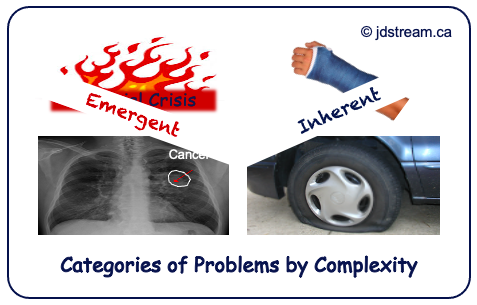
It is a no-brainer that not all problems are created equal. But it is not a no-brainer that we’ve been solving all problems using the same way of thinking and the same method of inquiry regardless. As a result, our conventional approaches to problems often get in the way of dealing with the very problems we try to solve.
It turns out that there are two categories of problems, the problems of the parts or inherent problems and the problems of the wholes or emergent problems. To learn more about how they differ and what makes emergent problems wicked, check out my blog post, Not All Problems Are Created Equal.
To find out if your organization is treating emergent problems as inherent ones or solving the wrong problems efficiently, connect with me!
Systems Transformation
“The greatest danger in times of turbulence is not the turbulence; it is to act with yesterday’s logic.” – Peter Drucker
Our societies have gone through major transformations throughout the last century. But nothing compares to the decentralization of public media by the internet and social networks. It was the beginning of the democratization of information, knowledge, expertise, and experience. What does it mean to organizational management?
Organizations are essentially social-cultural entities consisting of people. However, our organizational models paint a different picture. Organizations are often designed as either mindless machines or uni-minded biological systems. Transformation tends to focus on tinkering with the parts of the organizational systems. Employees are treated as mere cogs in the machine.
Can organizations continue innovating the parts and survive in the new decentralized, networked, social-cultural-technical environment? Connect with me to learn more about building better, healthier, multi-minded, and networked organizations.
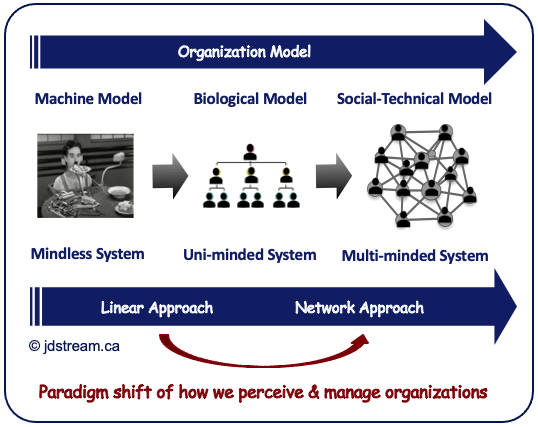
Systemic Design
“Design is the emerging ethos formulating and then answering a very new question: What shall we do now, in the face of the chaos that we have created?” – John Hockenberry, TED2012
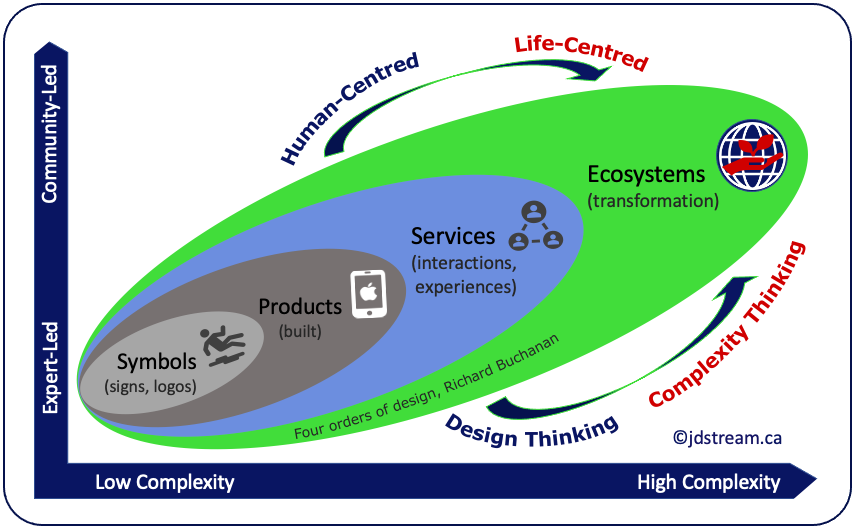
From symbols and products to services, interactions and experiences, design has permeated our lives across the physical and digital boundaries and influenced how we think, feel, live, and most importantly, relate to the world.
In the face of emergent problems raging through the world – inequality, poverty, pandemics, mental health, sustainability and climate change, design can no longer continue its practice in single-point, short-term solutions that become tomorrow’s crises.
With the decentralization and democratization of information, knowledge, and expertise, the paradigm shift from expert-led, human-centred practices to community-led, life-centred approaches is inevitable. It requires designers to think differently and evolve from being experts and problems solvers to being enablers empowering communities to solve complex problems impacting them directly. Connect with me to find out more.
Emergent Design & Evolutionary Architecture
“We may not be able to predict the future, but we can prepare for it.” – Pericles
Although the practice of business and/or enterprise architecture is relatively young, it is primarily based on the mental models from the Industrial Age – predicting what is to be controlled and controlling what can be quantitively measured.
As a result, architectural artifacts are often all-encompassing, either too complicated to be useful or too uniform to be impactful. They may give us the illusion that we have a plan and that we are in control. Systems built this way are usually brittle, hard to change, hard to scale, and have no corrective mechanisms.
Emergent design and evolutionary architecture offer a different approach. It leverages the principles of complexity/network thinking and allows organizations and architects to evolve and grow the architecture by shaping design decisions while the system is being built. Connect with me to see how I may help you.
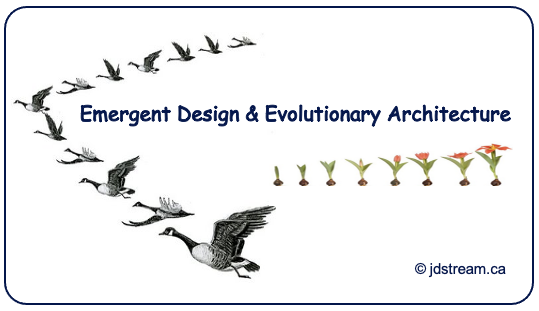
Microservice Design / Plug-&-Play Architecture
“All models are false, some are useful.” – George E. P. Box
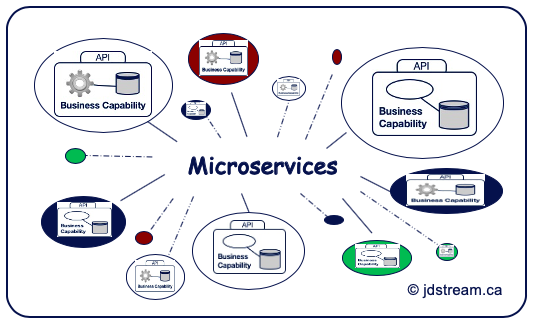
Microservice design is an architectural style that models the business as a collection of semi-autonomous, composable, and reusable services.
Each service represents a business capability, a unit of accountability. It is designed with standard plugs, made available on a platform, and can be discovered and connected with other services like plugging a consumer electronic or downloading an app. Together, these microservices form a digitalized, networked operational backbone for the organization enabling continuous improvement and continuous innovation. The resulting architecture is often referred to as ‘plug-&-play architecture’.
The key to designing pluggable, composable microservices is to componentize the business into semi-autonomous and interdependent business capabilities (functional and emergent) with self-organizing teams. Connect with me to find out more.
